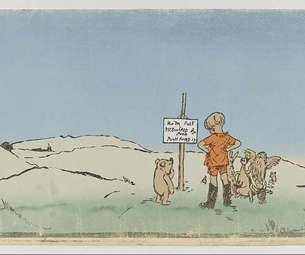Oh Dear, Piglet, They Kept My Shirt!
IPilogue
JANUARY 17, 2022
While many were observing the new year, intellectual property scholars and the artistic community were celebrating Public Domain Day. The previously copyrighted works enter the public domain, free to use and copy. public domain. where the work was still protected by copyright.












Let's personalize your content